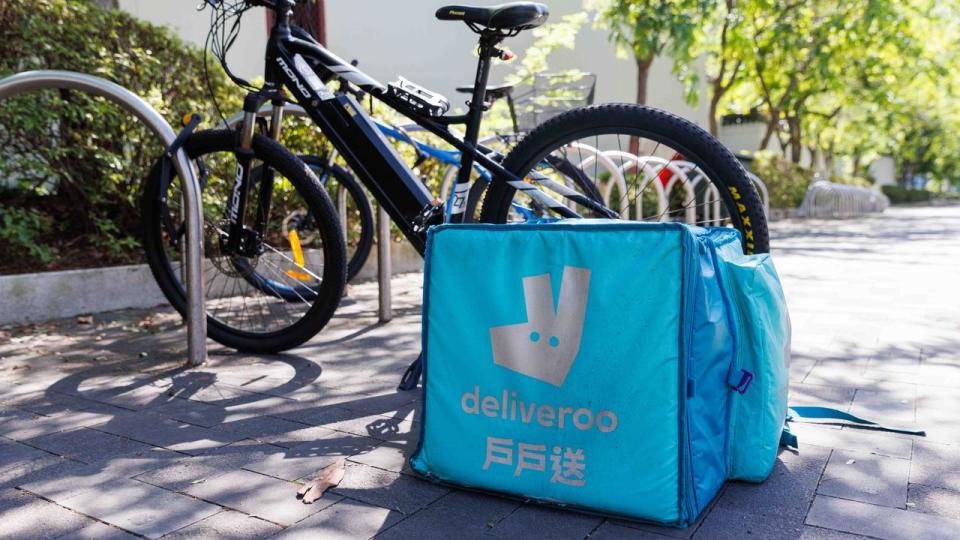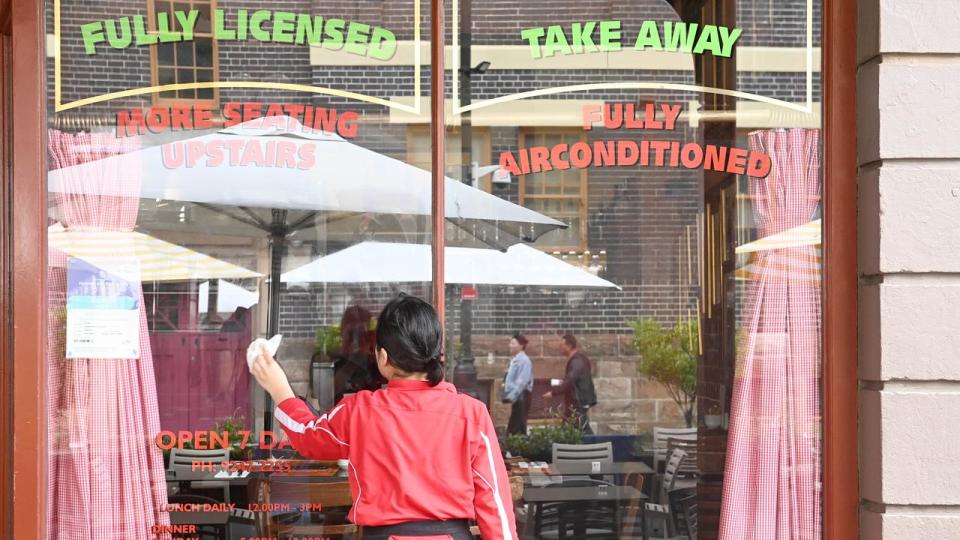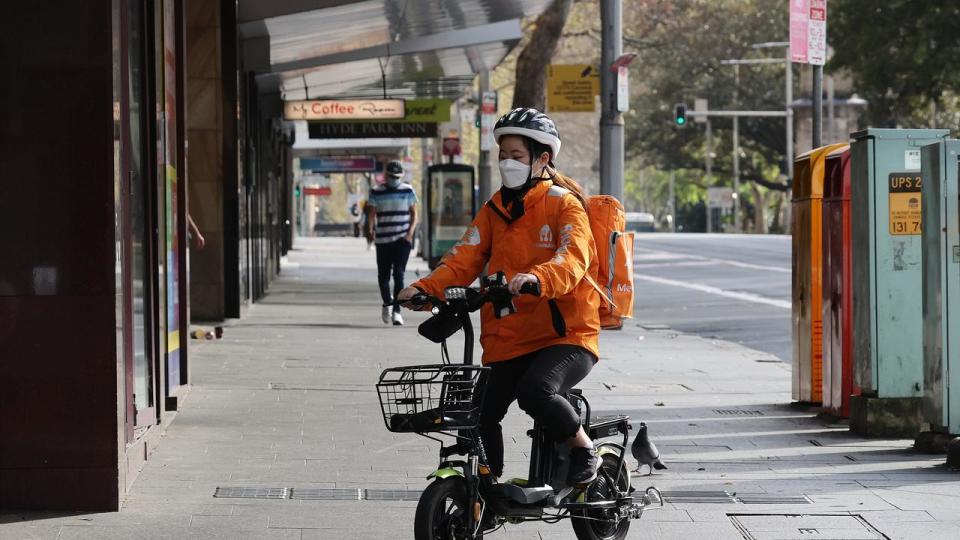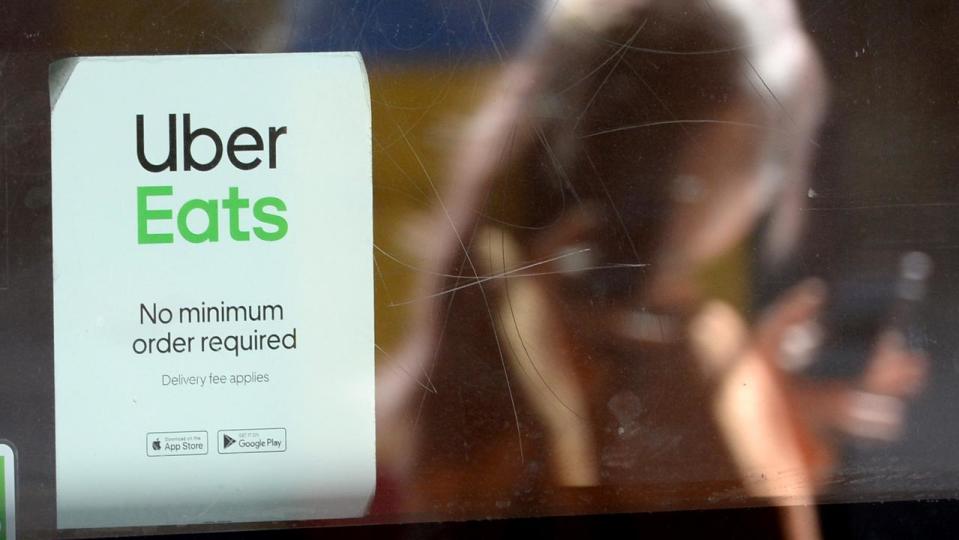Hidden detail adding $10 to your meal

Australians have been battered by price hikes recently, with the cost of everything from rent to vegetables soaring.
And food delivery is no different, with Australians hit by service charges and delivery fees from Uber Eats, Menulog and DoorDash in addition to the cost of their meal.
What you might not know though, is that in many cases, the cost of the food itself has been hiked up from the price you’d pay if you ordered directly from the restaurant or had chosen to dine in.
In some cases, on-app individual items are being marked up by as much as $10, Associate Professor at Deakin’s Faculty of Business and Law, Ching-Jen Sun, said.

In addition to soaring utility and supply bills, restaurants also have to pay commission to the companies they use to outsource delivery orders, which often means businesses will hike their menu prices on the app in a bid to cover the extra cost.
According to Professor Sun, the commission restaurants pay to third-party delivery services depend on the amount of in-app marketing they sign up to.
“Businesses have to pay between 15 and 30 per cent commission to these companies,” Professor Sun said.
“So they’ve had to increase prices in order to survive.”
“I don’t think it’s unfair for small businesses to charge these higher prices,” he said.
Professor Sun has been conducting case studies in the market since 2020 and forecasts zero relief for consumers within the current system.
In fact he thinks things could get “even more expensive”.
“These have been difficult times not only for consumers, but also restaurant owners,” he said.
Soaring inflation and interest rates as well as higher operational costs have made matters “very difficult” for small businesses.
Gas and electricity prices have risen by more than 20 per cent over the past 12 months, while the cost of rent and ingredients has also skyrocketed - which is likely to have had an impact on base menu prices.

PRESSURE TO INCREASE ON RESTAURANTS
In order to survive in such a costly business market, these apps require access to huge established customer bases, making it “almost impossible” for smaller platforms to survive and therefore reducing competition.
While the three major players are doing “reasonably well” and Professor Sun doesn’t see them going anywhere, demand for their services has dwindled amid the cost of living crisis.
“Clearly you can see demand decrease after Covid, and now prices are higher it’s unlikely to pick up as consumers won’t prioritise spending more for this convenience.”
The Albanese Government has also been pushing for food delivery service drivers, who are engaged as independent contractors and of which there are more than a million, to have minimum pay and conditions.
“If the government implements wage reforms for drivers, and companies need to pay them entitlements or benefits, then costs could go up even higher,” Professor Sun said.
“Regulations on the gig economy will push another cost pressure … which will be passed down to consumers.”

Professor Sun believes over the next year consumers will see “the cost of convenience” get even higher as inflation remains elevated and energy costly.
For those on a budget, he recommends picking up your takeaway in-store or dining in - but if you do decide to use a delivery service, to use cashback apps or look for promotion codes.
While Professor Sun believes it’s unlikely any new delivery app businesses will enter the market, there may be other changes on the way.
THE FUTURE OF DELIVERY
Associate Lecturer in Marketing at the ANU, Nabila Nisha, believes we are moving towards what she calls a “subscription economy” in the world of food delivery.
While she agrees recent cost increases boil down purely to “an economic move for survival”, she maintains that consumer behaviour will ultimately have the final say in how the market looks.
“We already have such subscriptions in place with Uber One priced at $9.99 per month … the same price as DoorDash’s DashPass,” she said.
These subscription services offer benefits and savings on food delivery apps and can be cancelled at any time.
“Given that we are looking for better value offerings, I think the subscription services are what we’re moving towards,” Ms Nisha said.
“We’re already subscribing to everything … and this way we get to control costs on our end given everything we’re facing.”

Ms Nisha believes that such a system would enable third-party food delivery services to “hold onto” consumers in a post-lockdown landscape.
For restaurants and small businesses, however, it might be a little “trickier”.
“They have ongoing issues such as high commissions from the companies and overheads, as well as economic uncertainty beyond everyone’s control,” she said.
A potential solution could come in the form of negotiating commission structures between restaurants and the delivery companies based on factors such as how many orders each business receives per month.
Ms Nisha believes a greater variety of membership and subscription options are on the horizon, which would allow consumers to have control and make modifications based on their budget and usage.
“For both the platforms and restaurants, in the end they are businesses that depend on consumers,” she said.
“It’s based on their behaviour that they will change how they operate.
“And, it’s all about convenience at the end of the day.”


